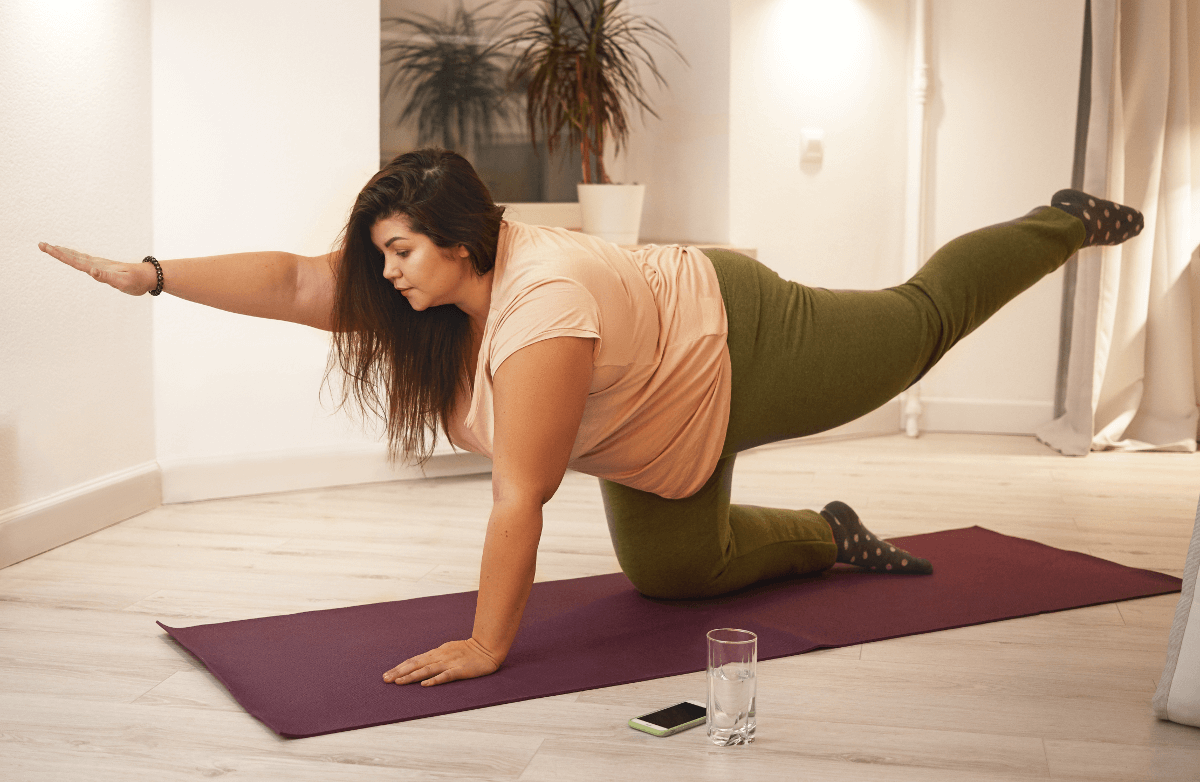
Are you a genius at budgeting your finances, but fall apart when it comes to setting aside time to work out? Don't worry: Staying physically fit and managing a personal bank account actually have very distinct similarities. They're so similar, in fact, that you can easily use your skills from one area to boost your results in the other.
Financial Fit Tip #1: Plan for the big stuff.
When you go on vacation, you don't just wake up one morning and decide to shell out thousands of dollars for last-minute flights and hotels, and you don't leave your co-workers unprepared for your absence. You plan. Planning your big expenditures ahead of time will save you serious dough. Whether it's a car, a vacation or a home remodeling project, sock away money each month in an account set aside for that specific splurge. A couple hundred dollars set aside over the course of a year will have much less impact than a couple of thousand
Apply it to Physical Fitness: Just like you wouldn't go on a vacation at the last minute, you wouldn't wake up one morning and decide to run a marathon, either. If you're new to the exercise arena, take it slow when it comes to working out, and work up to greater challenges. You're more likely to avoid injuries and burnout if you ease into exercise. If distance running is your goal, find an online training plan that will help you build up gradually to your desired race length. If you want to do 20 pushups or lose 100 pounds, start with five and go from there.
Financial Fit Tip #2: Make small changes for a big difference.
A $3 coffee here, a $5 lottery
Apply it to Physical Fitness: Many people feel that working out isn't worth their time if they can't get to a gym for a solid hour. But it's time to rethink that mentality! According to the Centers for Disease Control and Prevention, exercising for bouts of any amount of time (even 5 minutes) still counts toward your weekly goal of 150 minutes of activity. So take that short walk to the post office, or climb the stairs at work instead of taking the elevator. The little things do matter and add up to something bigger!
Financial Fit Tip #3: Shop around and do your research.
When you make purchases, know exactly what you need to buy to avoid impulse buys. Make lists--especially for the grocery store--and shop around for major purchases online to find the best deals before taking the plunge. When making large purchases like a house or car, look at interest rates and talk to various banks and financial advisers to negotiate the lowest rates you can get.
Apply it to Physical Fitness: As a consumer, you're powerful! So be picky when it comes to plunking down money on gadgets and gizmos that promise rock-hard
Financial Fit Tip #4: Keep track of it.
Do you ever feel like you're just burning through money, despite consciously trying to spend less? If you're not tracking your purchases or following a budget, it's easy to forget about all those little expenditures--that is, until you start keeping track. Tracking every cent you earn, spend or pay bills with can be very eye-opening. Use budget tracking software or old-fashioned pen and paper to see where your money goes and learn where you can work to plug any big leaks.
Apply it to Physical Fitness: Logging your meals, snacks and those tidbits of food stolen from the kids' dinner plates can serve as a huge eye-opener. It might even be able to explain surprise weight gain or a weight-loss plateau. Write down your intake or log it online, and you'll know for sure where those extra calories are hiding.
Financial Fit Tip #5: Make sacrifices.
When you know you've got a big expense coming up--like that twice-yearly car insurance payment or an anniversary--you cut back on other areas to make up for it. You might nix a few lunches out with friends to pay for a fancy night out with the spouse, or you may skip buying those new shoes because you'd rather go see a Broadway show. Sacrificing one area makes room in another.
Apply it to Physical Fitness: Sometimes you have to make sacrifices in one area (like TV time) to make room for another (like a trip to the gym). Even though it can be a hard sell at first, you get used to it. Eventually, your desire to be fit and healthy will outweigh your desire to be a couch potato! Where can you cut back in order to make time for exercise?
Whether you're talking financial or physical fitness, both take discipline to stay on track. With a little strategy, planning and tracking, you can be fit both in body and at the bank!








.png)



.png)